overleaf template galleryCommunity articles — Recent
Papers, presentations, reports and more, written in LaTeX and published by our community.
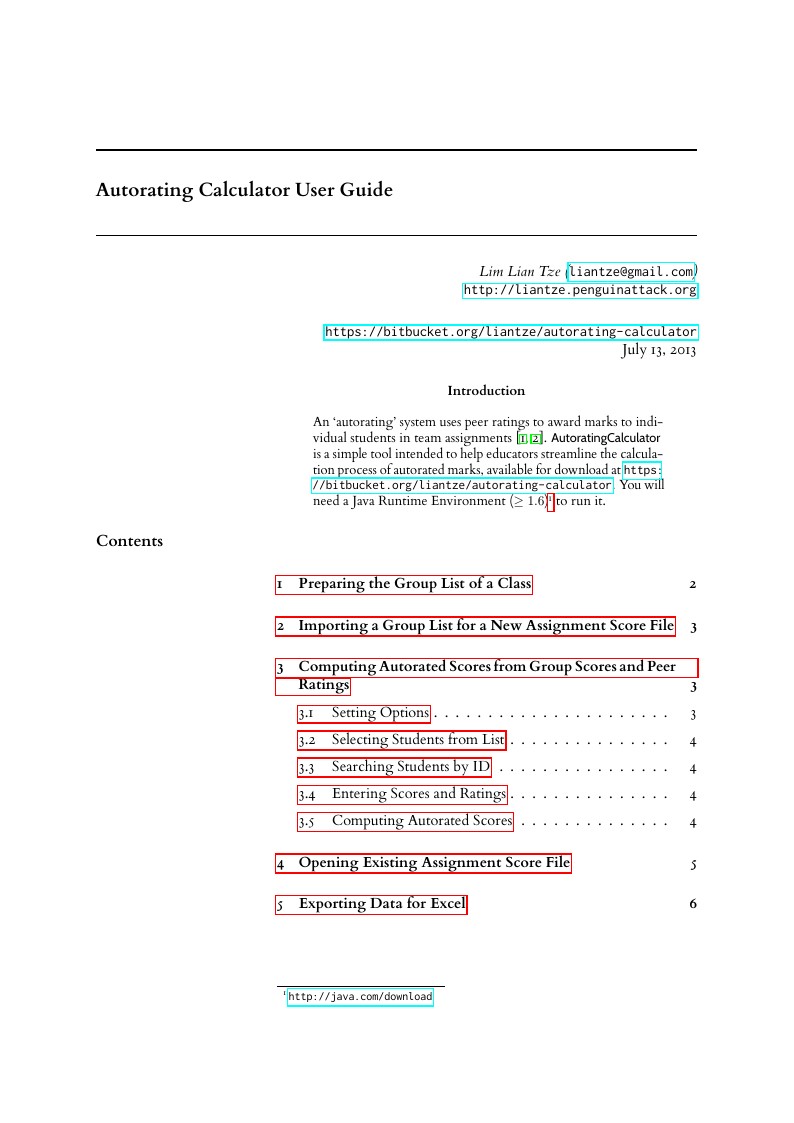
An "autorating" system uses peer ratings to award marks to individual students in team assignments. This is a simple tool intended to help educators streamline the calculation process of autorated marks, available for download at https://bitbucket.org/liantze/autorating-calculator. You will need a Java Runtime Environment (> 1.6) to run it.
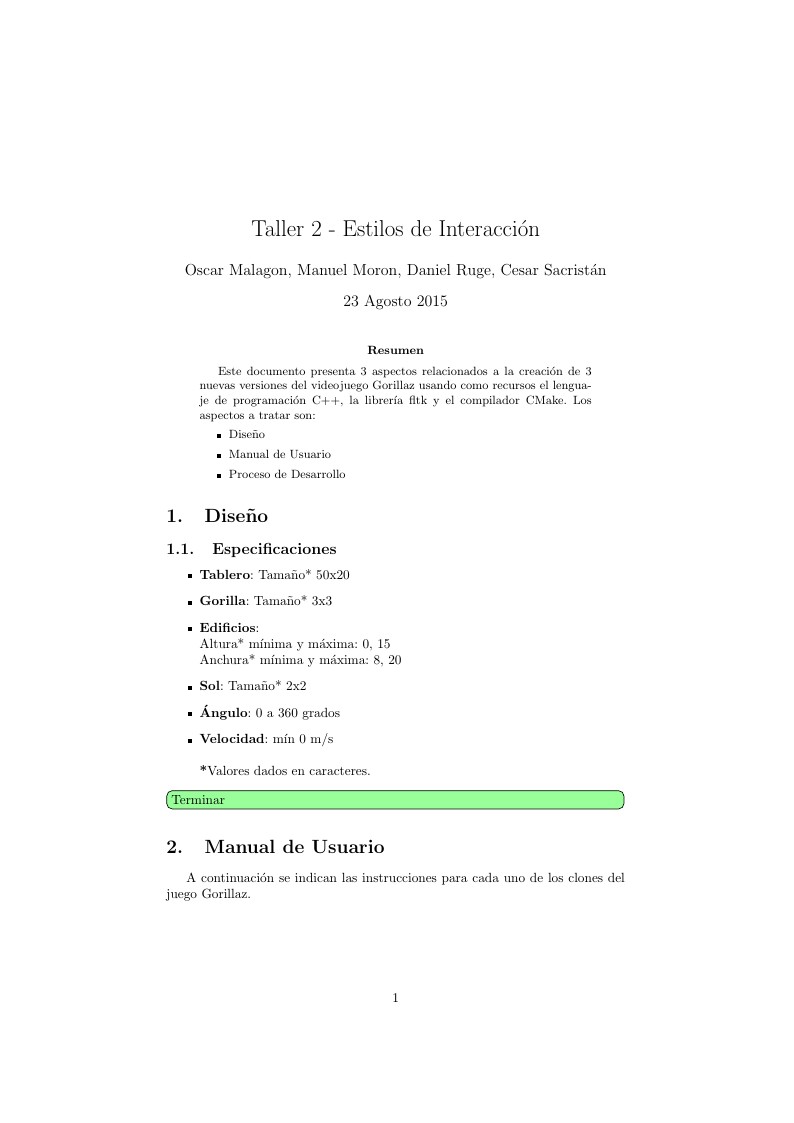
Este documento presenta 3 aspectos relacionados a la creación de 3 nuevas versiones del videojuego Gorillaz usando como recursos el lenguaje de programación C++, la librería fltk y el compilador CMake. Los aspectos a tratar son: Diseño Manual de Usuario Proceso de Desarrollo
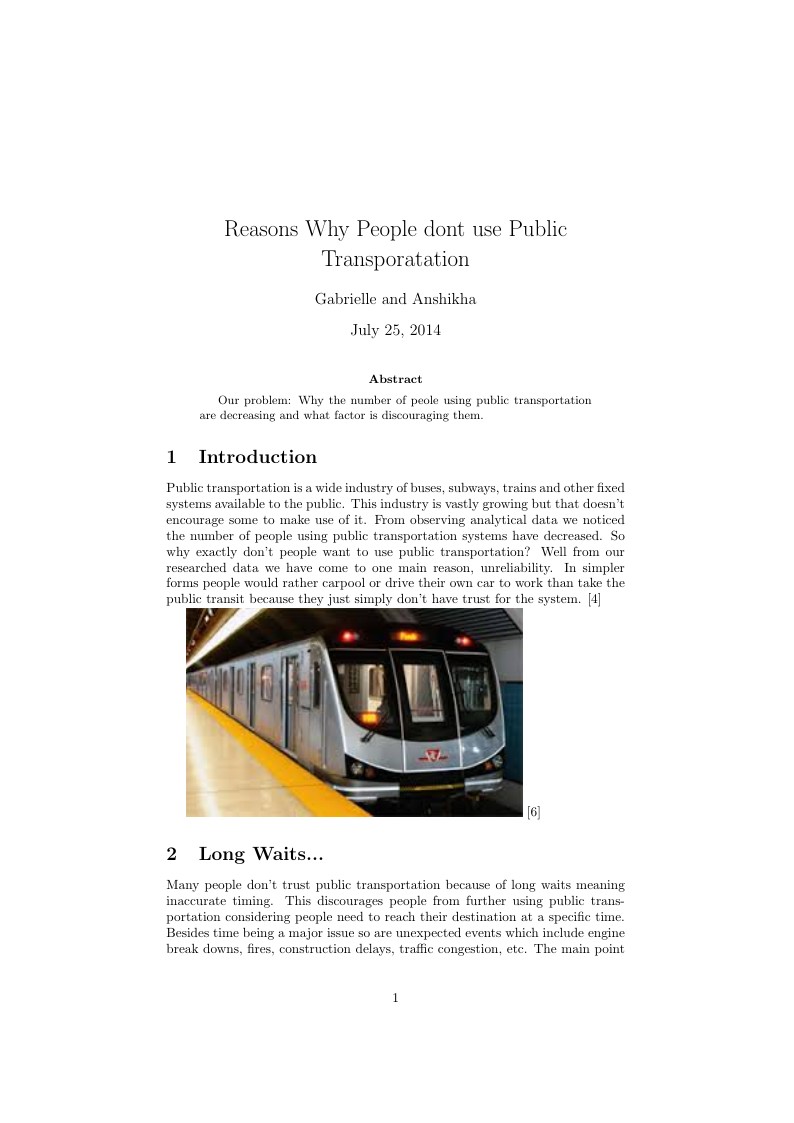
Our problem: Why the number of peole using public transportation are decreasing and what factor is discouraging them.
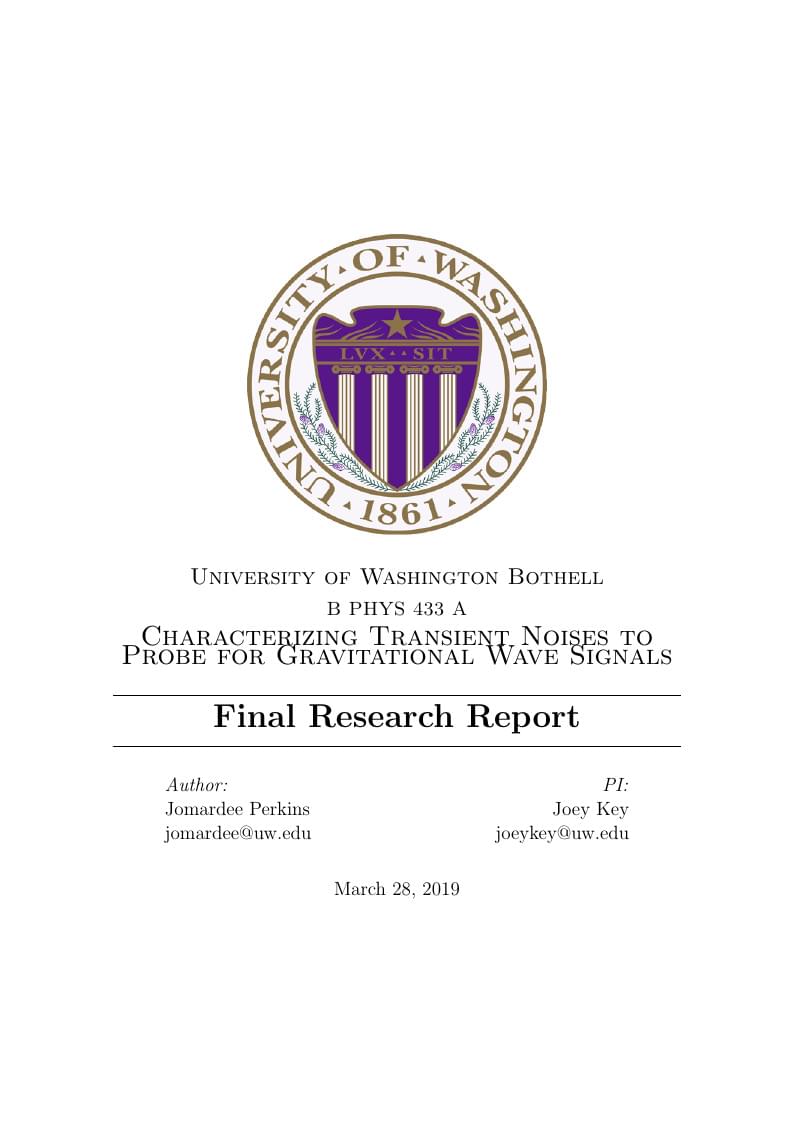
With the detectors currently off, LIGO has detected and gathered an abundance of data from the second observing run (O2). Some of which, captures the most recent triggers that are potential candidates for future gravitational waves, are analyzed more thoroughly. My responsibility as a student researcher is to perform independent checks on four of the most recent Compact Binary Coalescence (CBC) triggers. In order to do so, I compare the \(h(t)\) Omega scans of these events to the Gravity Spy classes. Omega scans are a detector characterization tool to help measure the Signal-to-Noise-Ratio (SNR) of transient noises during detections. This helps scientists distinguish the difference between a gravitational wave signal, which looks like a `chirp' versus a glitch in the data. Gravity Spy is a citizen science program that helps LIGO in classifying glitches to improve machine learning for gravitational wave signals. For each event I determine if it looks like one of the known categories of solved or unsolved glitches seen in the Advanced LIGO detectors? My results are then recorded in the O2 event detection checklist. Omega scans are a `burst-type' search pipeline that detect glitches efficiently. The Omega scan is labeled using time measured in seconds on the x-axis, frequency measured in Hz on the y-axis and the signal measured is normalized to demonstrate how `loud' the noise is.
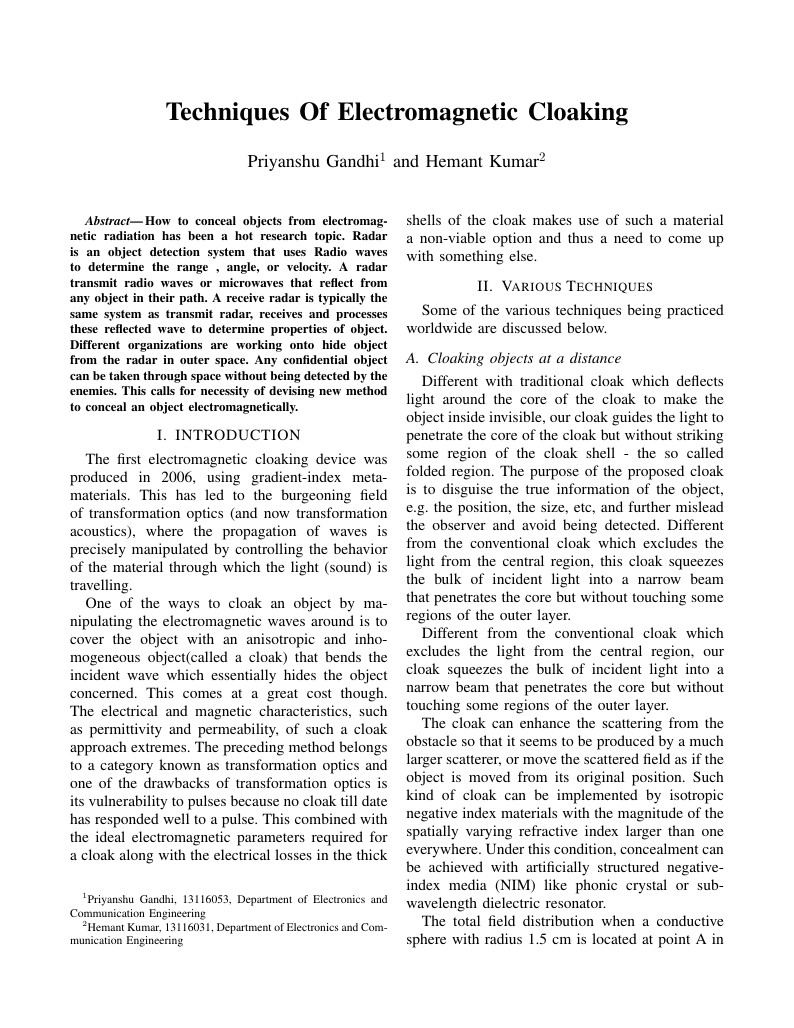
How to conceal objects from electromagnetic radiation has been a hot research topic. Radar is an object detection system that uses Radio waves to determine the range , angle, or velocity. A radar transmit radio waves or microwaves that reflect from any object in their path. A receive radar is typically the same system as transmit radar, receives and processes these reflected wave to determine properties of object. Different organizations are working onto hide object from the radar in outer space. Any confidential object can be taken through space without being detected by the enemies. This calls for necessity of devising new method to conceal an object electromagnetically.
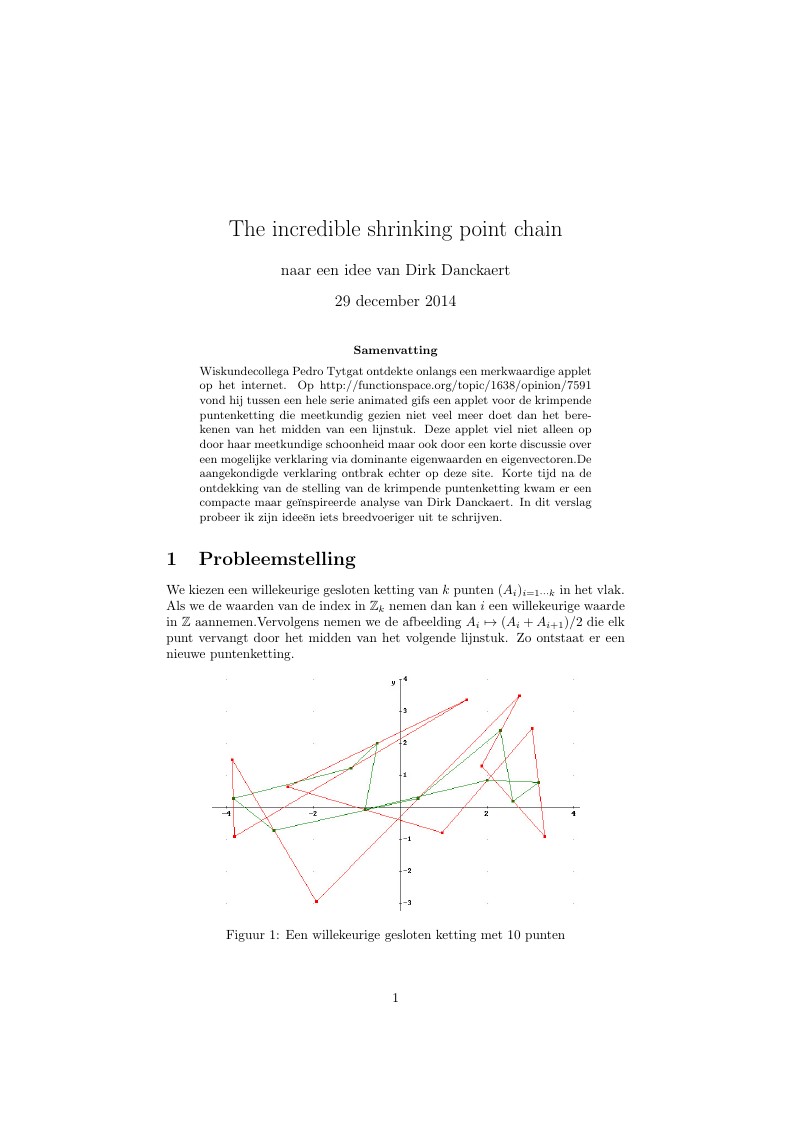
Wiskundecollega Pedro Tytgat ontdekte onlangs een merkwaardige applet op het internet. Op http://functionspace.org/topic/1638/opinion/7591 vond hij tussen een hele serie animated gifs een applet voor de krimpende puntenketting die meetkundig gezien niet veel meer doet dan het berekenen van het midden van een lijnstuk. Deze applet viel niet alleen op door haar meetkundige schoonheid maar ook door een korte discussie over een mogelijke verklaring via dominante eigenwaarden en eigenvectoren.De aangekondigde verklaring ontbrak echter op deze site. Korte tijd na de ontdekking van de stelling van de krimpende puntenketting kwam er een compacte maar geïnspireerde analyse van Dirk Danckaert. In dit verslag probeer ik zijn ideën iets breedvoeriger uit te schrijven.
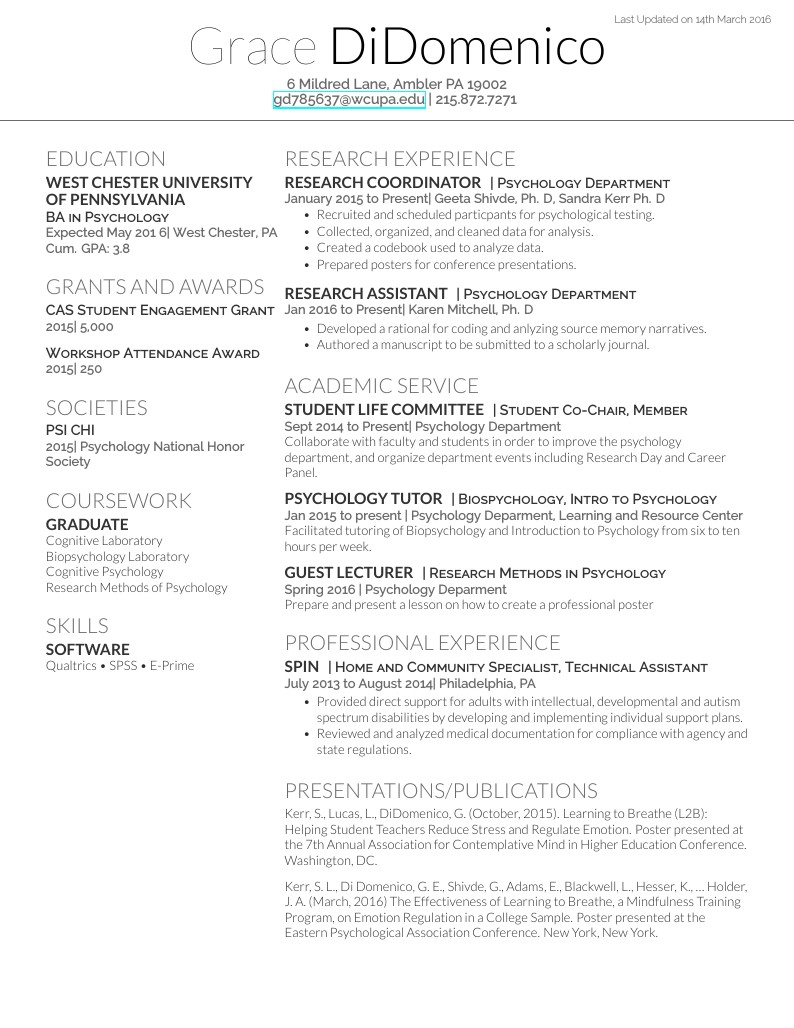
Grace Di Domenico's CV
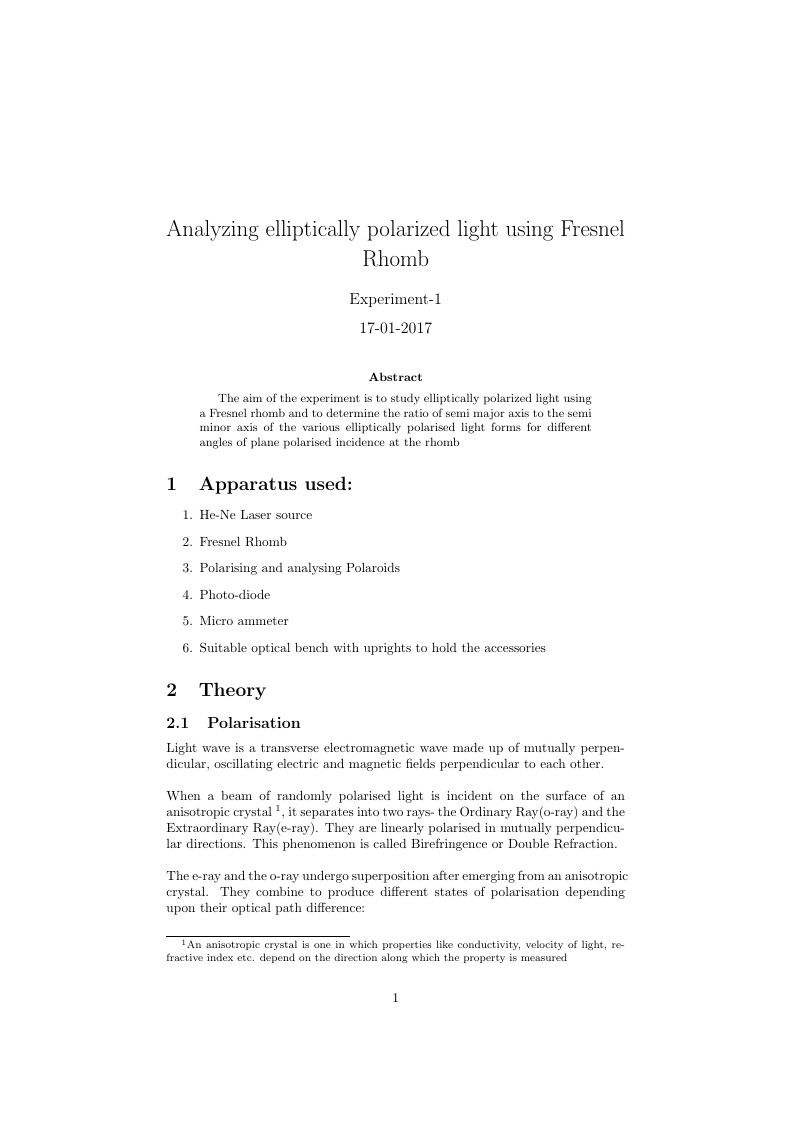
The aim of the experiment is to study elliptically polarized light using a Fresnel rhomb and to determine the ratio of semi major axis to the semi minor axis of the various elliptically polarised light forms for different angles of plane polarised incidence at the rhomb
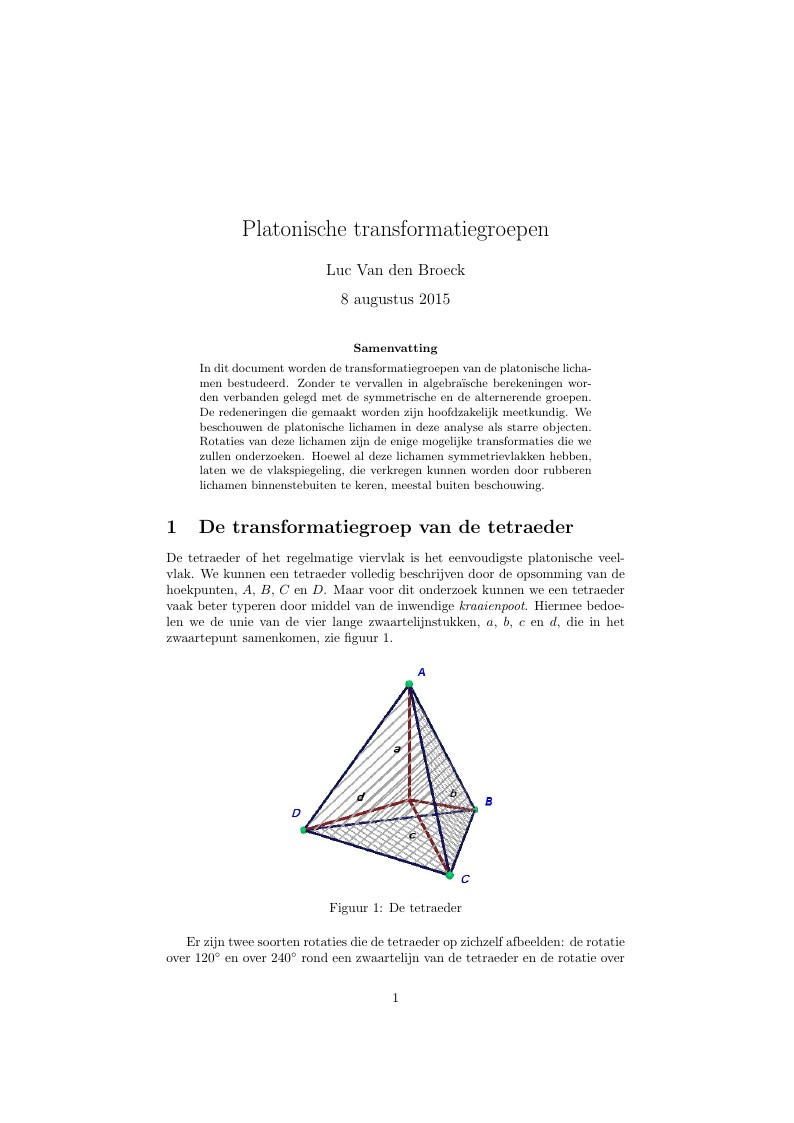
In dit document worden de transformatiegroepen van de platonische lichamen bestudeerd. Zonder te vervallen in algebraïsche berekeningen worden verbanden gelegd met de symmetrische en de alternerende groepen. De redeneringen die gemaakt worden zijn hoofdzakelijk meetkundig. We beschouwen de platonische lichamen in deze analyse als starre objecten. Rotaties van deze lichamen zijn de enige mogelijke transformaties die we zullen onderzoeken. Hoewel al deze lichamen symmetrievlakken hebben, laten we de vlakspiegeling, die verkregen kunnen worden door rubberen lichamen binnenstebuiten te keren, meestal buiten beschouwing.
\begin
Discover why over 20 million people worldwide trust Overleaf with their work.